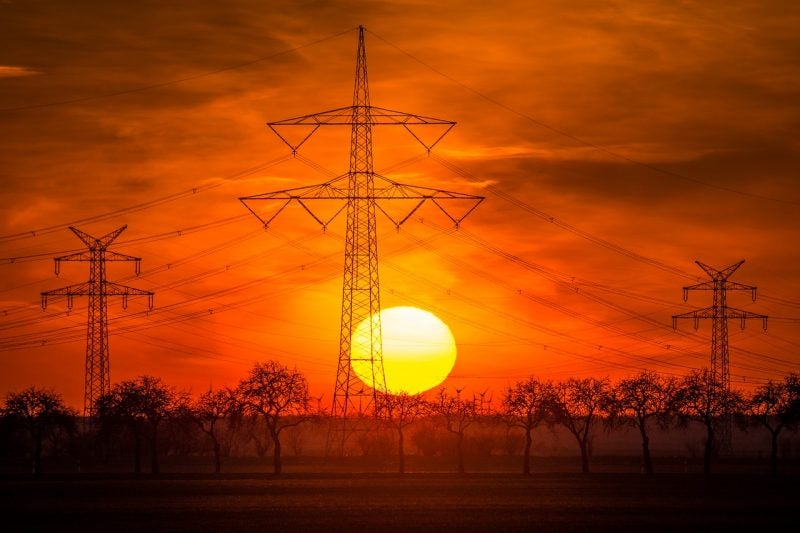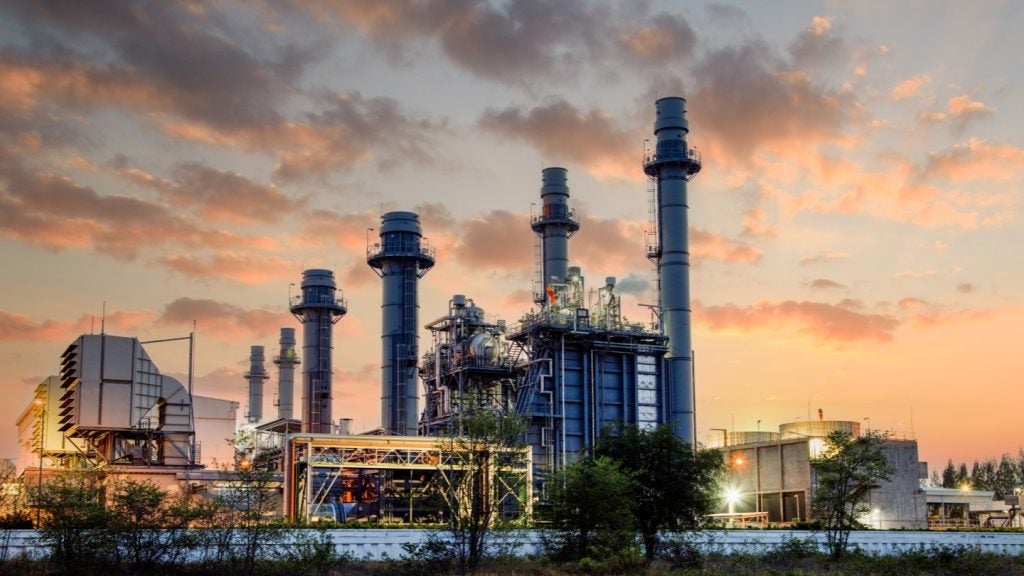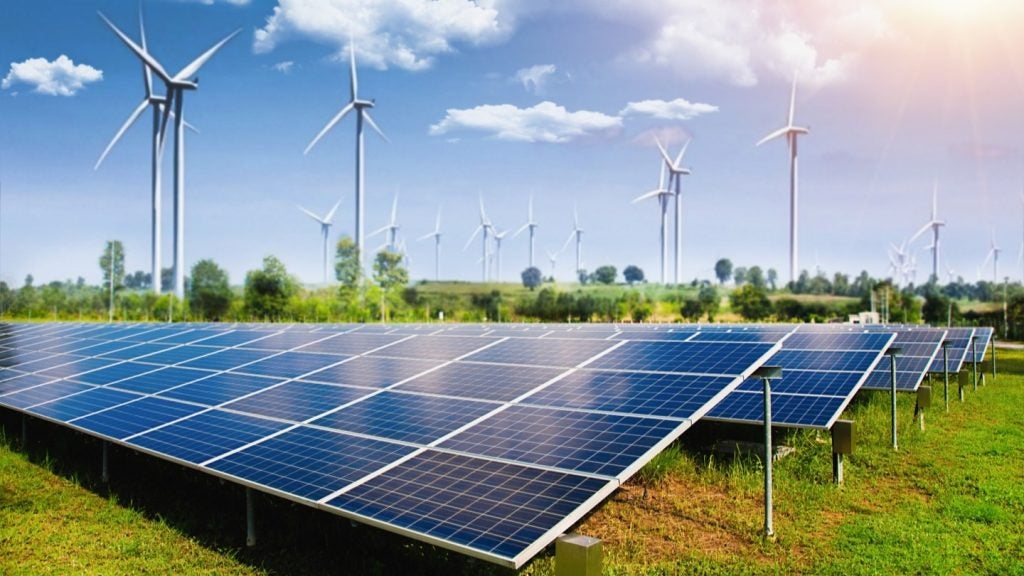
The power industry is one that attracts strong mergers & acquisition (M&A) activity, with deals worth $31bn announced in the second quarter of 2019 alone, according to GlobalData.
However not everything is as bright in the industry. According to statistics collated by investment banking company SOLIC Capital, there have been 26 bankruptcy filings by energy companies in 2019, with 20 of those coming since May.
Power Technology spoke to SOLIC Capital managing director George Koutsonicolis about why bankruptcy and restructuring is so prevalent in the power and wider energy industry, and what the current trends in the sector are.
SOLIC Capital Advisors is a leading middle-market financial advisory firm providing restructuring, investment banking and distressed asset support services
Jack Unwin (JU): What are the general trends in the energy sector in terms of M&As?
George Koutsonicolis (GK): It’s been a very robust M&A market. In the third quarter of 2019 there was a bit of step-down from the second quarter, I think it was about a 44% decline in deals value from about $13bn to about $7bn.
That being said Q2 was about 30% higher than Q1 in 2019. You’ve had year on year decline in total deal value, this is due to the lack of mega transactions which are greater than $1bn in value.
How well do you really know your competitors?
Access the most comprehensive Company Profiles on the market, powered by GlobalData. Save hours of research. Gain competitive edge.

Thank you!
Your download email will arrive shortly
Not ready to buy yet? Download a free sample
We are confident about the unique quality of our Company Profiles. However, we want you to make the most beneficial decision for your business, so we offer a free sample that you can download by submitting the below form
By GlobalDataYou have specialised infrastructure funds that are looking at the utility sector for stable cash flows and yields and there has been an uptake in the renewable energy sector in the last four quarters. You can see technology in the energy sector driving M&As in renewables, as well as social pressures to move away from fossil fuels generation.
There have been a lot of coal-fired plant retirements announced and those are being replaced with both renewable technology and ones with less climate impact like natural gas.
JU: When I’ve spoken to people in the oil and gas and mining industries they’ve spoken of the “increasing importance” of private equity (PE) groups in the sectors, is this the same with power generation?
GK: Yes there has been an increase in activity by PE groups and financial sponsors in the power generation and utility sector. They have always been there but I think you’re seeing greater appetite, particularly in all of the technological advancements and changes and they are seeing an opportunity from the depressed asset prices for some of the natural gas plants, so they are deploying capital in that segment as well as looking at renewables as well.
JU: SOLIC Capital focuses on “distressed assets” and “restructuring” in the energy industry, why is this so common?
GK: The power utility sector is highly capital intensive and has a series of unique issues from technological to environmental changes.
There are macroeconomic issues where company’s portfolios are becoming uncompetitive because the price of natural gas has been in the doldrums in the past few years, which has caused the whole market price for electricity to struggle. As such the power stations involved are not as profitable and are very capital intensive in terms of service and support.
There has also been the new renewable resources such as wind and solar, which have benefitted from tax incentives such as investment and production tax credits to make these projects economically viable. Now the technology has caught up so production costs are competitive compared to other generation sources.
There has also been a decoupling of energy demand from overall economic growth and activity. Historically there has been a correlation between the two, but over the past four to five years this changed due to demand-side management technology.
JU: What are the future trends of M&A activity?
GK: On the power generation side I don’t think you will see a significant uptick in activity, but I think you will see significant M&A activity in the renewables sector. Infrastructure funds and asset buyers looking for stable yields which renewables provide because many of them are under power purchase agreements, which is a guaranteed cash flow.
In terms of general M&A activity in the power utility sector there are always assets to be transacted, you have larger players that are always looking to merge and buy and sell certain assets.





